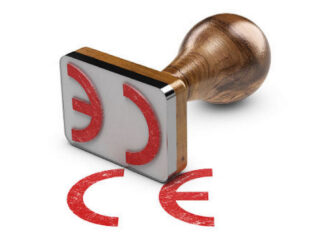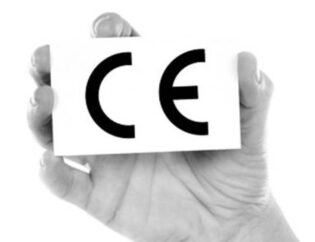
Differences Between the CE Mark and Other Conformity Marks
In the global market, you may come across many conformity marks. These marks are used to show that products comply with specific standards or technical regulations. While the CE mark is prominent for products entering the European Union market, other marks such as UKCA, EAC, FCC, UL, GS, and TSE may also appear on product labels. So, what distinguishes these marks from the CE mark? Under what circumstances is each mark required?
In this article, we explain the core characteristics of the CE mark and how it differs from other conformity marks. We also share how SERTİFİKE supports you throughout the proper labeling process for your products.
What is the CE Mark?
The CE (Conformité Européenne) mark signifies conformity with the EU's New Approach Directives. It shows that a product complies with EU legislation concerning:
- Health
- Safety
- Environmental protection
- Consumer protection
The CE mark is valid in all 27 EU member states, the European Economic Area (EEA), and some other countries like Turkey.
Overview of Other Conformity Marks
✅ UKCA (United Kingdom Conformity Assessed)
- Developed as an alternative to CE after Brexit.
- Required for products sold in England, Scotland, and Wales.
- Requires a technical file and evaluation process similar to CE.
✅ EAC (Eurasian Conformity Mark)
- Valid in the Eurasian Economic Union (Russia, Belarus, Kazakhstan, Kyrgyzstan, Armenia).
- Indicates compliance with technical regulations and usually requires testing or certification.
✅ FCC (Federal Communications Commission)
- Mandatory for electronic communication devices in the United States.
- Applies to products with wireless functions like radio, Wi-Fi, or Bluetooth.
✅ UL (Underwriters Laboratories)
- A voluntary mark issued by a U.S.-based organization.
- Preferred by many manufacturers for safety assurance of electrical products.
✅ GS (Geprüfte Sicherheit)
- A voluntary but prestigious mark in Germany.
- Indicates compliance with German safety laws.
✅ TSE Certificate
- Issued by the Turkish Standards Institution.
- Not mandatory but preferred in certain sectors.
Key Differences Between CE and Other Marks
| Feature | CE Mark | UKCA | EAC | FCC | UL | GS |
| Requirement | Mandatory | Mandatory (UK) | Mandatory (EAEU) | Mandatory (US) | Voluntary | Voluntary |
| Geographic Validity | EU, EEA, TR | United Kingdom | EAEU Countries | USA | USA | Germany |
| Safety/Technical Requirement | Yes | Yes | Yes | Yes | Yes | Yes |
| Conformity Assessment | Depends on product type | Similar to CE | Specific rules apply | May require testing | Requires testing | May require a notified body |
The Right Steps with SERTİFİKE in the Marking Process
SERTİFİKE supports you not only with CE marking but also in meeting labeling and conformity requirements for other global markets. Our services include:
- Identifying the relevant conformity marks for your product
- Organizing testing and certification processes
- Preparing technical files and declaration documents
- Ensuring product labels and user manuals meet legal requirements
All of these steps enable your product to carry the CE mark and other required marks for your target markets.
Conclusion
The CE mark is essential for the European market. However, manufacturers competing on a global scale must also consider other conformity marks. Each of these marks signifies product safety and legal compliance in their respective regions. With SERTİFİKE, we help prepare your products not only for the EU but also for global markets.









